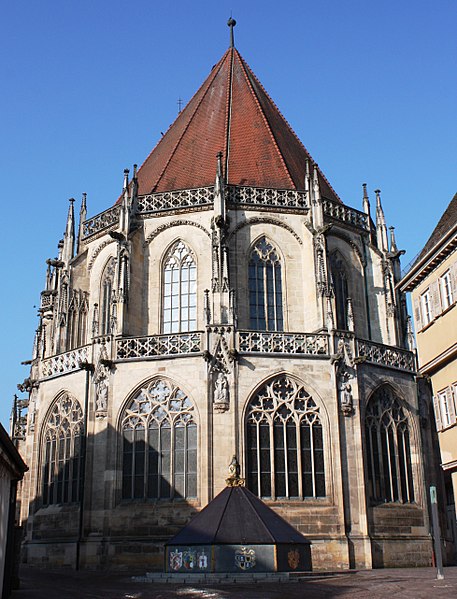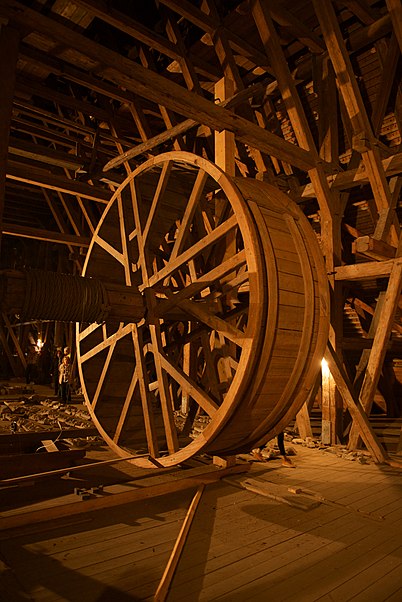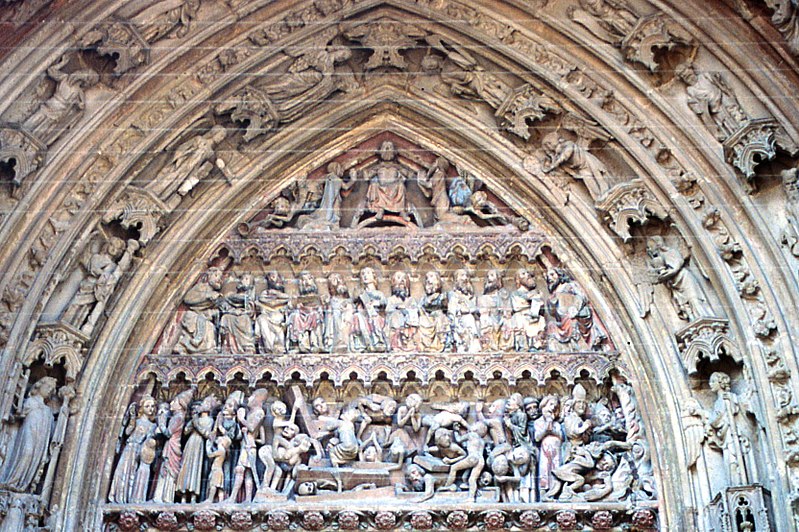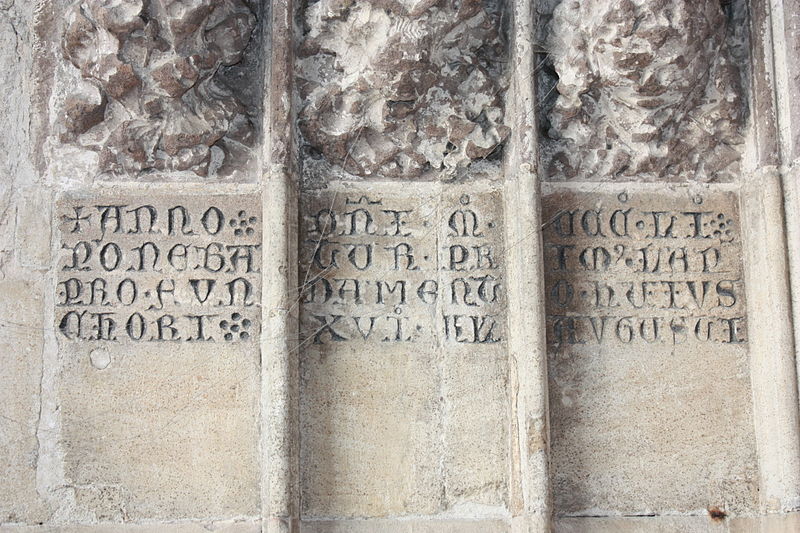Heilig-Kreuz-Münster, Schwäbisch Gmünd
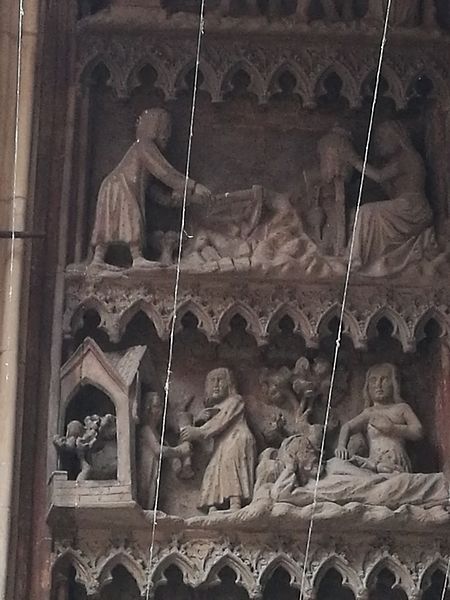
Facts and practical information
The Heilig-Kreuz-Münster in Schwäbisch Gmünd is a Gothic church building with a hall ambulatory, built from about 1320 as a city parish church. The minster is important in art history as the original work of the Parler family of master builders and as the first large hall church in southern Germany. The nave was completed around 1341. After the collapse of the towers, the completion of the entire hall church took until 1521.
The patrocinium alternated from the beginning between Our Lady and Holy Cross. In 1926, Bishop Paul Wilhelm von Keppler elevated the Gmünder Münster, as it was colloquially called - as was customary in southern Germany - because of its size since its construction, to the Münster zum Heiligen Kreuz. By this step the patrocinium was fixed to Holy Cross. As a result of the renaming, the surrounding church square was also renamed Münsterplatz.
Today, the cathedral is the parish church of the Catholic Heilig-Kreuz-Münstergemeinde and its local parish, the Italian parish of San Giovanni Bosco, as well as the main church of the pastoral unit Schwäbisch Gmünd-Mitte.
The Münsterbauhütte has been listed in UNESCO's register of good practices as part of the Bauhütten system since 2020.
Münsterpl. 15Schwäbisch Gmünd 73525
Heilig-Kreuz-Münster – popular in the area (distance from the attraction)
Nearby attractions include: Kletterschmiede, Prediger, St. John's Church, Bell Tower.
Frequently Asked Questions (FAQ)
Which popular attractions are close to Heilig-Kreuz-Münster?
How to get to Heilig-Kreuz-Münster by public transport?
Bus
- Sebaldplatz / Rems-Zeitung • Lines: 4a (5 min walk)
- Gmünd Ledergasse • Lines: 266 (5 min walk)
Train
- Schwäbisch Gmünd (11 min walk)


